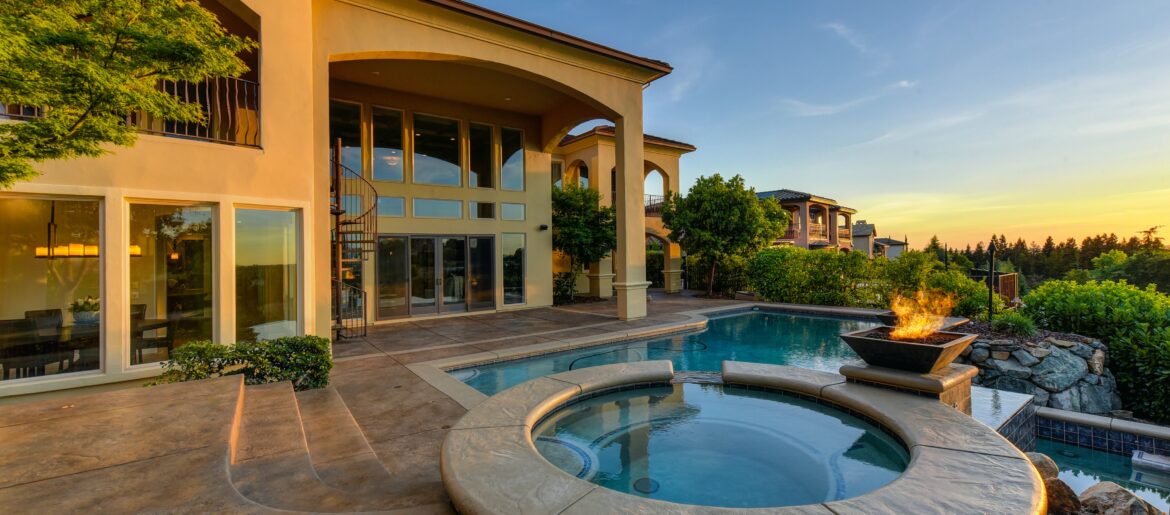
Is It a Housing Bubble or Isn’t It?
With so many people working and schooling at home since the pandemic began, the demand for more living space and bigger yards has grown to epic proportions. Historically low-interest rates have added to housing demand — driving swarms of first-time buyers out of cramped apartments and into the marketplace and making move-up buyers all the bolder in their quest for bigger houses.
The result is that houses from coast to coast are selling well above list price, as bitter bidding wars between potential buyers ensue. Home sellers are in the power position, holding out for the highest offer. In some markets, like many parts of California, already low housing inventories set the stage for an all-out, home-buying frenzy.
The memory of the Great Recession and its attending housing crisis is still fresh in the minds of this generation of Americans. As soon as lockdowns fell into place and businesses were shuttered, people immediately began to wonder if a wave of aught-style foreclosures was just around the corner. Then housing prices began to soar, and it really has come to feel like those pre-crash days all over again.
So, the same questions are on everyone’s mind: Is this a housing bubble? And if so, will there be a housing crash? People also wonder whether prices will come back down or stop appreciating.
Is It a Bubble?
Well, the answer isn’t as straightforward as you might think. Yes, prices have skyrocketed in a short time. And yes, demand is outpacing supply. But economists can’t seem to agree on a uniform definition for a bubble. And it can be hard to identify a bubble while you’re actually in one.
Nobel Prize-winning economist Robert Shiller described a bubble as “a time when price increases in some markets attract a lot of attention.” In other words, a bubble is more than just a rapid increase in prices, the phenomenon is accompanied by a frenzied spirit that Harvard researchers described as investors rushing “toward a new Eldorado.”
According to the CoreLogic index, there has been a 13 percent annual gain in home prices since the pandemic, “the highest since February 2006.” Certain submarkets have yielded even more extreme figures, like Idaho, with a 27.2 percent increase, and South Dakota, with a jump of 19.3 percent.
And ask any Realtor®, and they’ll tell you that buyers are acting kind of crazy, going to extremes to convince sellers to choose their bid and using fierce tactics to cut out competitors. Online real estate platform Redfin reported that 63 percent of 2020 homebuyers made offers on homes they never even saw in person.
So, this market seems to meet two of the bubble criteria: fast-rising prices and frenzied homebuyers. But buying conditions are very different today than they were prior to the ’08 housing crash, and that bodes well for the outcome of this cycle.
Today, it’s harder to receive underwritten approval for a home loan than it was in the early 2000s. The median FICO score for purchasing a home is now 657; before the recession, it was below 600. While more stringent lending standards are locking lower-income Americans out of the home market, it is also reducing the risk of default.
Meanwhile, the U.S. Bureau of Economic Analysis reported that the personal savings rate in the U.S. has increased significantly in the past year. At the same time, CoreLogic revealed that homeowners have accumulated nearly $1.5 trillion in equity since the end of 2019.
The domino effect of the pre-Great Recession inflated housing market, loose lending policies and unqualified homebuyers are not 2021 concerns.
However, those in the know forecast an ongoing trend of low supply and high demand for housing in the United States. As millennials age (a generation that is now larger than the baby boom generation), the demand for housing will only increase. Back in 2018, Freddie Mac reported that the market was short by 2.5 million homes. In 2020, that number increased to 3.8 million.
In most markets, the housing deficit is the result of oppressive regulations imposed by local governments that have restricted the supply of housing in job-rich centers. Now, remote work has made it possible for people to move to less populated areas with cheaper housing. The effect is that newcomers are outbidding locals and causing prices to spike in nontraditional markets. Will this trend last? No one really knows. No market goes to the sky and the current conditions are not sustainable.
A Rose By Any Other Name
It doesn’t really matter what we call the current cycle — there is an underlying truth here that is undeniable: the U.S. is short on housing. Whether you want to buy or rent, there isn’t enough to go around and housing of all kinds is priced out of reach for many people.
Local zoning laws need to change to accommodate new housing in areas where jobs are plentiful and people want to live. Unsustainable housing policies have created a climate of scarcity, and a new approach centered on providing for the basic needs of citizens is essential to putting the market back in balance.
After examining all the facts, most experts are reluctant to classify this market as a bubble. Many lean instead toward forecasting that demand for housing will remain high, while interest rates will trend upward and cool the market somewhat once the overall economy returns to normal. Further, well-qualified mortgages will stave off foreclosures even if home values drop, averting the kind of disaster we all remember after the last bubble burst.
We’d love to hear your thoughts and experiences. Send us an email: info@quickdrawfundcontrol.com
